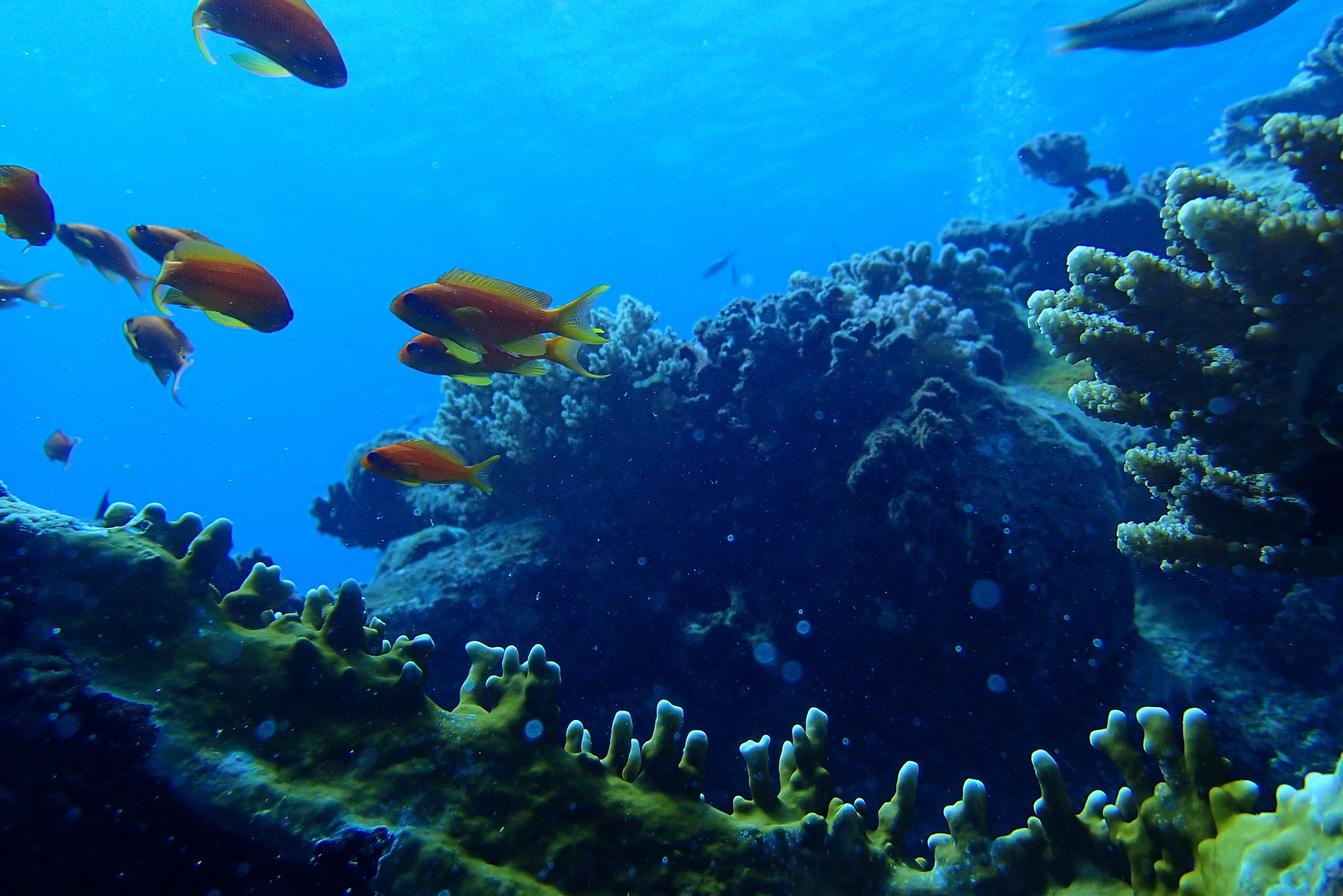“Shipwreck” is an evocative word, often conjuring images of an 18th-century wooden schooner or sloop-of-war resting in tropical waters, where it was sunk by enemy cannon fire. Perhaps the Titanic springs to mind, resting in the deep Atlantic Ocean after its fateful collision with an iceberg in 1912. But in reality ships sink every year, for many reasons. And when so much concern is expressed — and rightly so — over the state of our marine environments, should we consider shipwrecks pollution? Should they be cleaned up and removed, like the Costa Concordia off Giglio Island in Italy?

Shipwrecks make for many of the world’s best dive sites, and not just because of the wrecks themselves, but also because of the animal life they harbor. Many decommissioned ships, civilian and military, have been scuttled to create artificial reefs. And though a common practice, it still spurs controversy, just as the construction of new bridges and piers is often met with protests from those who fear a negative effect on the surrounding marine environment. While cautious deliberation is always appropriate when adding a man-made structure to any environment, many of these shipwrecks and artificial reefs can increase the numbers of marine wildlife in an area, as well as the general state of the environment.
Very little aquatic life favors a sandy bottom. As a marine biologist once told me, “the only animals that prefer a pristine, sandy bottom are humans.” A sandy bottom offers little shade, little food and little protection for most animals. Food chains start with a primary producer, typically a plant-based entity. In the water, these are typically plankton or algae, and while they can exist in open water, their concentration rises dramatically if they have something to latch on to, such as rocks, reefs, or wrecks. A high concentration of a food source will attract animals that feed on it, which in turn will bring in the small predators, which brings in the big predators and so on. But for this food chain to start, there must be something for the primary producer to latch on to. And a wreck, a pier, or a bridge pillar fit the bill perfectly.

The island of Malta has long been at the forefront of scuttling ships to create reefs, and with great success. From small tugboats to military patrol boats, more than a dozen ships have been scuttled around the islands, increasing bot Malta’s appeal to divers and the marine wildlife population and variation. Most recently, a tugboat was sunk off of the popular tourist town of Mellieha.
In Florida, a number of military ships, including the USS Oriskany and the USS Vandenberg have been scuttled off the coast, creating some of the largest diveable wrecks in the world, as well as habitats for marine life.
A bridge connecting Denmark and Sweden opened in the strait of Oresund in 2000. There was much concern over the impact on the fish populations in the narrow strait, but 13 years later the water quality has greatly improved, and most fish populations are flourishing. Why? Mussels — filter feeders — have attached themselves to the bridge pillars. And so the filtering of the water that passes through the strait has increased many times over, resulting in cleaner water and better living conditions for the local fish.
This isn’t a blanket endorsement — any water-based construction must be evaluated to minimize its negative environmental impact, just as any time a ship is scuttled, it is imperative that it be cleaned, hull to fly deck, and any materials or substances (such as fuel or oil) be removed completely. But if these conditions are vigilantly met, structures can become interesting dive sites for humans, as well as assets for the local marine populations. As a dive instructor told me a long time ago, “where there’s rust, there’s life.”

